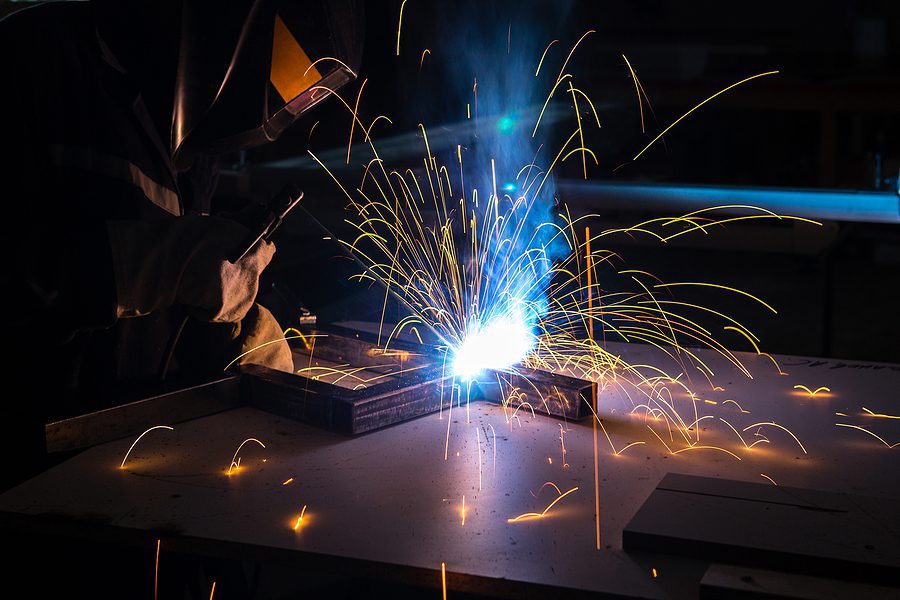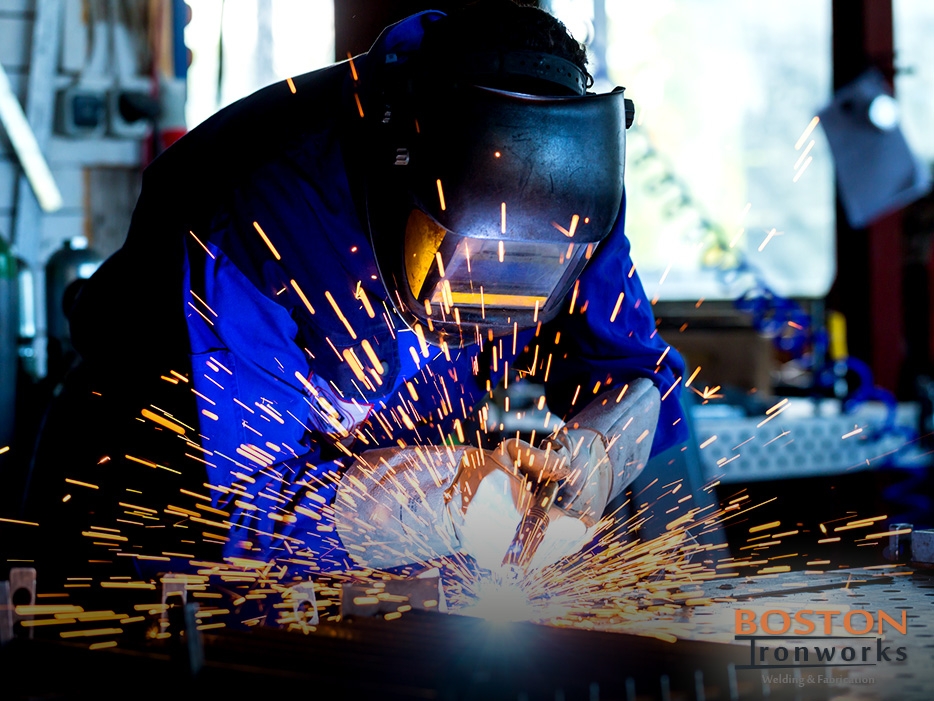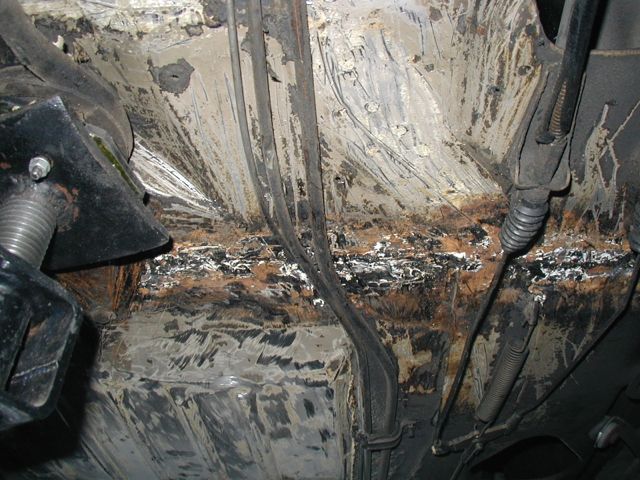Typical Welding Repair Work Issues and How to Address Them Efficiently
Welding repairs often encounter a series of concerns that can endanger the stability of the end product. Usual problems consist of insufficient penetration, porosity, and misalignment, amongst others. Each defect offers unique obstacles that call for certain techniques for resolution. Recognizing these issues is vital for welders aiming to boost their skills and end results. This conversation will discover these usual welding repair issues and effective techniques to address them.
Inadequate Infiltration
Inadequate penetration occurs when the weld steel fails to completely fuse with the base material, resulting in weak joints and potential architectural failures. This problem commonly stems from not enough warmth input, incorrect electrode angle, or incorrect welding speed. Welders may encounter inadequate infiltration as a result of a mistake of the required criteria for a details product thickness or kind. Furthermore, contamination on the base material's surface can hinder effective bonding, exacerbating the issue. To address poor penetration, welders ought to guarantee ideal settings on their tools and keep a clean work surface area. Regular assessment of welds is suggested to identify any deficiencies early, permitting for timely improvements and the prevention of jeopardized architectural stability in welded settings up.
Porosity
Porosity is a common flaw in bonded joints that materializes as small gas bubbles entraped within the weld steel. This flaw can compromise the integrity of the weld, causing minimized stamina and potential failure under tension. Belgrade Fabrication. Porosity usually arises from contamination, moisture, or incorrect welding techniques, which allow gases to escape into the molten weld swimming pool. To resolve porosity, welders must ensure appropriate surface prep work, keep a tidy functioning setting, and make use of ideal welding parameters. Additionally, selecting the appropriate filler material and securing gas can reduce gas entrapment. Regular assessment and testing of welds can help determine porosity early, guaranteeing prompt rehabilitative activities are taken, therefore preserving the top quality and reliability of the bonded structure
Imbalance
Imbalance in welding can occur from different factors, including inappropriate setup and thermal development. Understanding the root causes is important for effective resolution. Several modification strategies are available to realign parts and assure structural integrity.
Reasons for Imbalance
Welding imbalance commonly comes from a range of underlying problems that can jeopardize architectural honesty. One primary cause is inappropriate fit-up of elements prior to welding, which can result in voids and irregular surface areas. Variations in thermal development during the welding procedure can likewise result in distortion, especially if the materials being joined have various coefficients of expansion. Furthermore, poor clamping and fixturing may fall short to hold parts safely in location, leading to activity throughout welding. Badly maintained devices, consisting of welding makers and tools, might introduce disparities in the weld bead, more contributing to imbalance. Driver error, stemming from inadequate training or experience, can additionally play a substantial role in producing misaligned welds.

Improvement Strategies Readily Available
Attending to misalignment efficiently needs a mix of restorative techniques customized to the details problems handy. One usual technique is the usage of jigs or fixtures to hold elements in the appropriate placement during welding, making sure regular positioning. Additionally, pre-heating the products can assist reduce distortion and enhance fit-up. For considerable misalignment, mechanical adjustment strategies, such as utilizing hydraulic jacks or clamps, can be used to fix the setting before welding. Post-weld warmth treatment may likewise be necessary to eliminate anxieties triggered by imbalance. Finally, mindful evaluation and change during the configuration stage can prevent misalignment problems from ending up being considerable issues, promoting a smoother welding procedure and enhancing overall structural stability.
Distortion
Distortion is an usual difficulty in welding that can emerge from different elements, consisting of unequal heating & cooling. Recognizing the reasons for distortion is crucial for carrying out reliable avoidance techniques. Resolving this concern not just improves structural stability yet likewise improves the total top quality of the weld.
Root causes of Distortion
When based on the extreme warm of welding, materials often undergo changes that can result in distortion. This phenomenon mostly emerges from thermal growth and tightening during the welding procedure. As the weld location warms up, the product increases; upon air conditioning, it acquires, which can develop interior stress and anxieties. In enhancement, irregular heating throughout a work surface can aggravate these stress and anxieties, causing warping or bending. The type of product also plays a significant duty; metals with varying thermal conductivity and coefficients of expansion might react in a different way, resulting in uncertain distortions. Additionally, poor joint design and inadequate fixturing can contribute to misalignment throughout welding, enhancing the chance of distortion. Understanding these reasons is important for efficient welding repair service and prevention strategies.
Avoidance Techniques
Efficient avoidance techniques for distortion during welding concentrate on controlling warm input and ensuring proper joint layout. Maintaining a consistent heat input helps to lessen thermal development and tightening, which can lead to distortion. Making use of strategies such as preheating the workpiece can additionally decrease the temperature gradient, advertising consistent home heating. In addition, picking ideal joint layouts, such as T-joints or lap joints, can enhance stability and reduce anxiety concentrations. Carrying out correct fixturing to secure the workpieces in location further help in preserving placement during the welding procedure. Finally, staggered welding series can distribute warm more uniformly, stopping localized distortion. By applying these methods, welders can considerably reduce the probability of distortion and enhance the overall high quality of their welds.
Cracking
Breaking is a typical problem come across in welding useful link fixings, usually arising from numerous elements such as improper cooling prices, product option, or inadequate joint preparation. The event of cracks can considerably compromise the honesty of the weld, resulting in possible failings throughout procedure. To address this issue, welders should first evaluate the origin causes, guaranteeing that materials work and properly picked for the certain application. Additionally, regulating the air conditioning rate during the welding process is vital; quick cooling can induce stress and anxiety and bring about splitting. Proper joint style and prep work additionally add to minimizing the risk. Executing these strategies can enhance weld high quality and toughness, ultimately minimizing the probability of cracking in completed weldments.

Incomplete Combination
A significant issue in welding repair services is insufficient combination, which happens when the weld metal does not adequately bond with the base product or previous weld passes - Belgrade Fabrication. her comment is here This issue can bring about weaknesses in the joint, possibly compromising the integrity of the bonded structure. Elements adding to incomplete fusion include insufficient heat input, incorrect welding strategy, and contamination of the surface areas being joined. To resolve this issue effectively, welders must guarantee correct pre-weld cleansing and surface preparation, in addition to adjust their welding specifications to achieve adequate infiltration and combination. Routine evaluation during the welding procedure can also aid identify incomplete blend early, allowing for timely restorative steps to boost the overall high quality of the weld
Overheating
While welding repairs can improve structural honesty, overheating provides a considerable obstacle that can result in material destruction. Excessive warmth throughout welding can alter the mechanical properties of steels, resulting in lowered stamina, enhanced brittleness, and warping. This phenomenon is specifically critical in high-stress applications where architectural integrity is vital. Recognizing getting too hot can entail aesthetic inspections for staining or distortion, as well as checking temperature level during the welding process. To mitigate the dangers connected with getting too hot, welders need to use suitable techniques, such as managing warmth input, readjusting travel speed, and using appropriate filler materials. In addition, executing pre- and post-weld heat therapies can assist recover material properties and improve the general high quality of the repair, making sure long-lasting performance and safety and security.
Regularly Asked Questions
What Are the Usual Indications of a Welding Flaw?

Just How Can I Check My Welds for Top quality?
To test welds for high quality, one can use aesthetic inspections, ultrasonic testing, and radiographic approaches. Each method ensures architectural honesty, identifies flaws, and confirms adherence to specified criteria, inevitably boosting the integrity of the bonded joints.
What Safety Preventative Measures Should I Take While Welding?
When welding, one ought to prioritize safety and security by using ideal personal safety tools, ensuring appropriate air flow, safeguarding flammable materials away, keeping a tidy work area, and knowing surroundings to avoid injuries and crashes.
Can I Repair a Weld Without Redesigning the Entire Joint?
Repairing a weld without redoing the entire joint is feasible, relying on the damage (Montana Mobile Welding and find out Repair). Techniques such as grinding, adding filler material, or using a welding process can efficiently address specific problems while protecting the surrounding structure
What Tools Are Necessary for Efficient Welding Fixes?
Vital tools for effective welding repairs include a welding maker, cord brush, grinder, protective equipment, clamps, and filler products. Each device plays a vital role in guaranteeing high quality and security during the repair service process. Porosity typically occurs from contamination, dampness, or inappropriate welding techniques, which permit gases to get away into the molten weld pool. Badly kept tools, including welding devices and devices, might present variances in the weld bead, further contributing to imbalance. When subjected to the intense warmth of welding, materials frequently undertake changes that can lead to distortion. Breaking is an usual issue encountered in welding repair work, usually resulting from various elements such as incorrect air conditioning rates, product selection, or poor joint preparation. A considerable concern in welding repairs is insufficient fusion, which takes place when the weld steel does not sufficiently bond with the base product or previous weld passes.
Comments on “Simple weld inspection practices shared by Montana Mobile Welding and Repair”